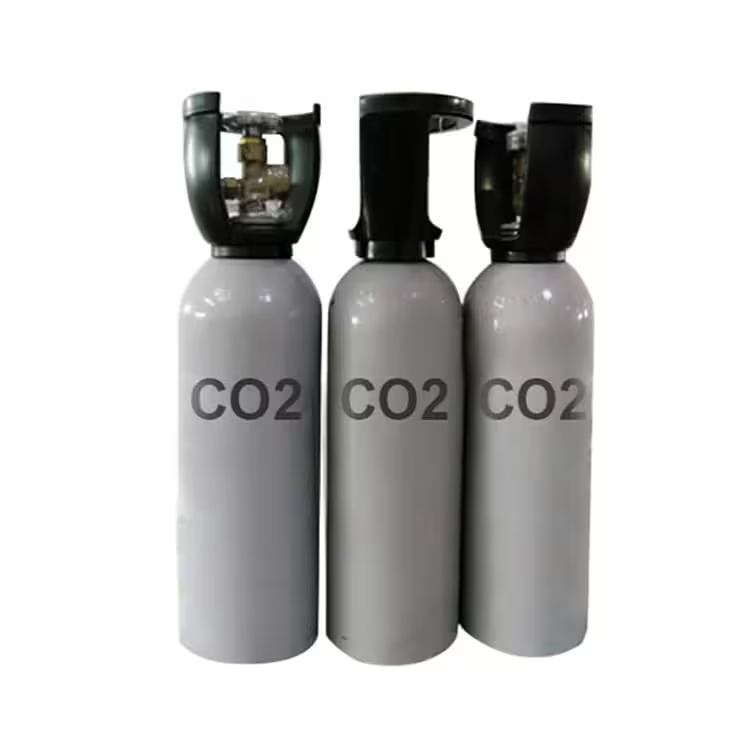Methods for Checking CO2 Leakage
Detecting and addressing CO2 (carbon dioxide) leakage is critical to prevent potential hazards to human health and safety. Here are some methods for checking CO2 leakage:
Gas Detection Systems:
- Install gas detection systems in areas where CO2 is used or stored, such as industrial facilities, breweries, or storage facilities.
- Gas detectors may use sensors like infrared (IR) sensors or electrochemical sensors to detect Carbon dioxide. Regular calibration and maintenance of these systems are essential for accurate readings.
Visual Inspection:
- Conduct visual inspections of CO2 storage tanks, cylinders, pipelines, and equipment for signs of leakage, such as frost formation (indicating a rapid release of CO2), hissing sounds, or visible gas clouds.
- Check for damaged or corroded fittings, valves, and seals that could contribute to leaks.
Portable Gas Detectors:
- Use portable gas detectors or handheld CO2 monitors for spot-checking CO2 levels in specific areas or during maintenance activities.
- These devices can provide instant readings of CO2 concentrations, helping identify leaks or areas with elevated CO2 levels.
Bubble Testing:
- Use a bubble testing solution or soap solution to check for leaks in CO2 pipelines, connections, and fittings. Apply the solution to suspected leak points and look for bubbles forming, indicating gas leakage.
- This method is particularly useful for detecting small leaks that may not be easily visible.
Pressure Testing:
- Conduct pressure testing of CO2 storage tanks and pipelines to ensure they can withstand the pressure and are free from leaks.
- Follow industry standards and guidelines for pressure testing to ensure accuracy and safety.
Thermal Imaging:
- Use thermal imaging cameras to detect temperature anomalies that may indicate CO2 leaks. Cold spots or temperature variations around CO2 equipment or pipelines can signal the presence of leaks.
- Thermal imaging can be especially effective in detecting leaks in insulated systems or areas where visual inspection is challenging.
Response to Detected Leaks:
- If CO2 leakage is detected, immediately evacuate the affected area and alert emergency responders.
- Shut off the CO2 source if safe to do so and implement containment measures to prevent further leakage.





Comments